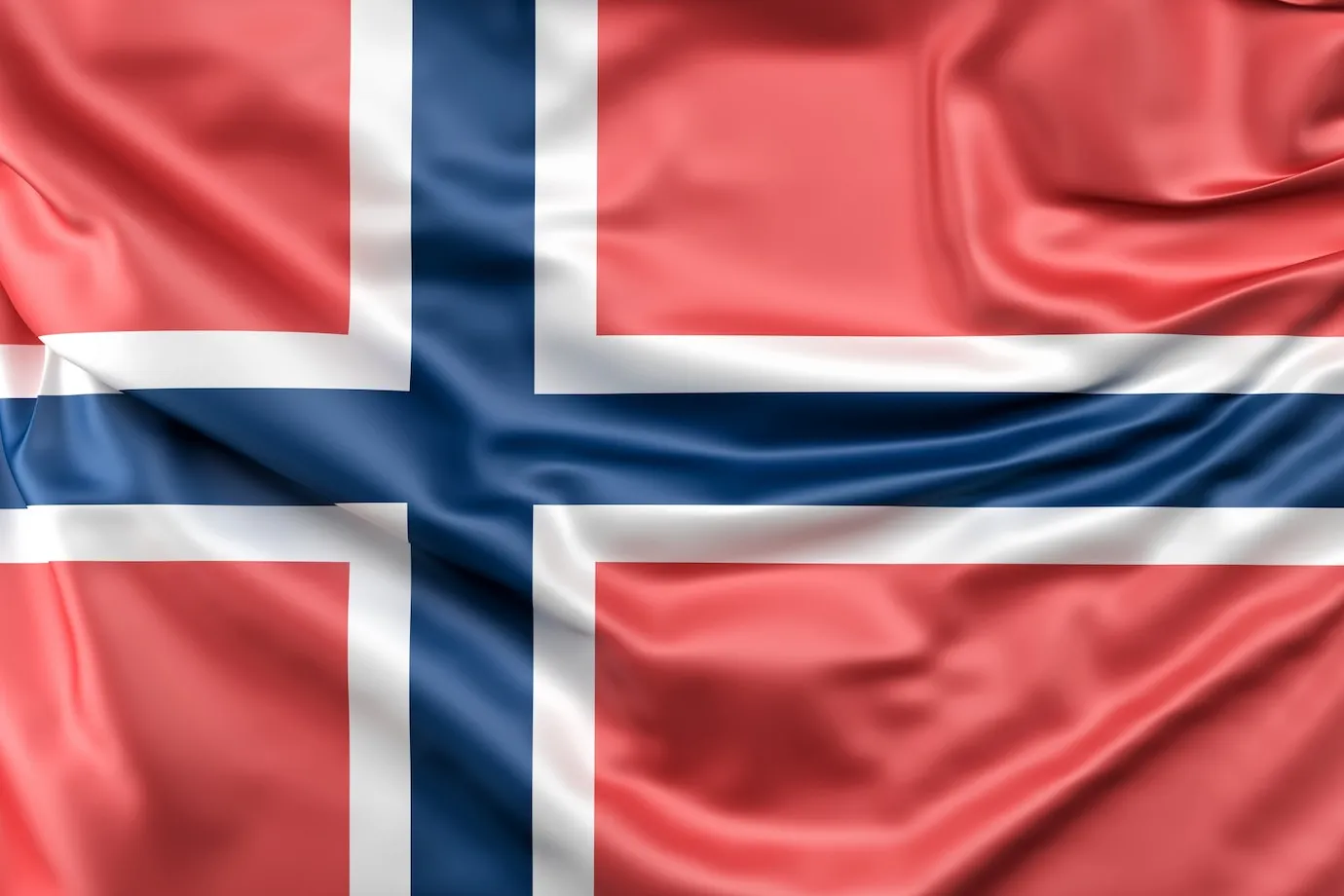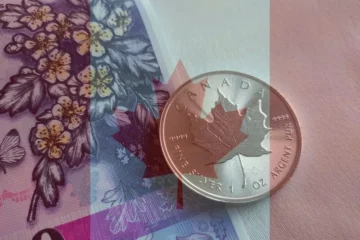So, you’ve fallen for Norway — and not just because of the Northern Lights or their magically delicious brown cheese. Whether it’s the progressive society, work-life balance, or the fact that Norwegians actually enjoy being in nature year-round, you’re now eyeing a more permanent spot among the fjords.
Key Takeaways
Introduction: Fjords, Freedom, and Future Planning
But before you unpack that IKEA wardrobe for the last time, there’s a little something called permanent residency (permanent oppholdstillatelse). This guide lays out what it is, how to get it, and how to make sure your application doesn’t vanish into the black hole of bureaucracy.
What Is Permanent Residency in Norway?
In Norway, a permanent residence permit allows non-EU/EEA citizens to live and work in the country indefinitely, without needing to renew your permit every few years. It’s also one of the key steps toward acquiring Norwegian citizenship, should you wish to take that route later on.
It gives you nearly all the rights of Norwegian citizens (minus voting in national elections or getting excited about Eurovision wins).
Who Can Apply for Permanent Residency?
You can apply if you:
- Have held valid residence permits in Norway for at least three years
- Hold a residence permit that forms the basis for a permanent stay (typically work, protection, or family immigration permits — not visitor visas or student permits alone)
- Have completed Norwegian language and social studies requirements
- Can financially support yourself
- Have no serious criminal record
Let’s go deeper into the details.
Key Requirements for Permanent Residency in Norway
1. Residency Duration
You must have lived in Norway continuously for at least 3 years with valid residence permits. These must be permits that can form the basis for permanent residency — so if you were on a tourist visa or student permit with limited work rights, that time may not fully count.
Important: Gaps in residency or switching to an ineligible permit can delay your PR eligibility clock.
2. Norwegian Language and Social Studies
This is non-negotiable — Norway wants you to blend in beyond just knowing how to pronounce “Ålesund”:
- 300 hours of approved Norwegian language training
- 50 hours of social studies (samfunnskunnskap), taught in a language you understand
- You must also pass a Norwegian language test (A2 level) and a civics test
If you’ve already completed these as part of your current permit obligations (like family reunification), you won’t need to do it again.
3. Self-Sufficiency
You must demonstrate that you’ve been financially independent for the past 12 months. This means:
- Earning a minimum gross income (in 2025, this is around NOK 320,000 annually)
- Not having received social welfare or public financial assistance (NAV payments) during the qualifying period
Employment can include regular work, self-employment, or approved types of income (like pensions or parental leave pay).
4. Clean Criminal Record
Norway doesn’t want troublemakers. Even minor infractions can delay your application, while serious crimes may lead to rejection.
Police clearances are checked automatically during the process.
Application Process: Your PR Checklist
Step 1: Prepare Your Documentation
You’ll need:
- Passport and current residence card
- Employment/income documentation (contracts, payslips, tax returns)
- Confirmation of language training and passed tests
- Confirmation of completion of social studies
- Documentation proving continuous residence
Step 2: Apply Online
Go to the UDI website (Norwegian Directorate of Immigration) and log in with your ID. Complete the form and pay the application fee (about NOK 4,700 in 2025).
Choose a local police station or service centre to hand in your documents in person.
Step 3: Wait (and Keep Your Permit Valid)
Processing usually takes up to 4 months, sometimes longer during high-traffic periods. Make sure your current permit does not expire while you’re waiting, or it could affect your eligibility.
What Happens After Approval?
You’ll be issued a permanent residence card, valid for two years at a time — but don’t worry, the PR status itself doesn’t expire. You’ll just need to renew the card when it gets close to expiring (think of it like renewing your driver’s license, not your legal stay).
Can You Lose Your Permanent Residency?
Sadly, yes. Norway giveth, and Norway can taketh away if:
- You have lived outside Norway for more than 2 consecutive years
- You provide false information in your application
- You commit serious crimes
- You become dependent on social welfare benefits
So, stay connected — both literally and legally — if you want to keep your PR status safe.
Permanent Residency vs Citizenship in Norway
Permanent residency lets you stay forever, but it’s not the same as becoming a Norwegian citizen.
For citizenship, you’ll usually need:
- 8 years of residency (shorter for refugees or Nordic citizens)
- Continued financial independence
- Higher language and civics proficiency
- A clean criminal record
Some may be eligible for dual citizenship — Norway finally allowed it in 2020 — so you don’t always have to give up your original passport.
Wrapping It Up
Permanent residency in Norway is a logical step for anyone building a life in this Nordic haven. While the process is structured and paperwork-heavy (it is Scandinavia, after all), it’s far from impossible — especially if you’ve put in the time and made an honest effort to integrate.
Norway isn’t just a place to live; it’s a place to belong. And PR status is a huge leap toward calling it your true home.
For more information, go to the official website: https://www.udi.no/en/want-to-apply/permanent-residence/





